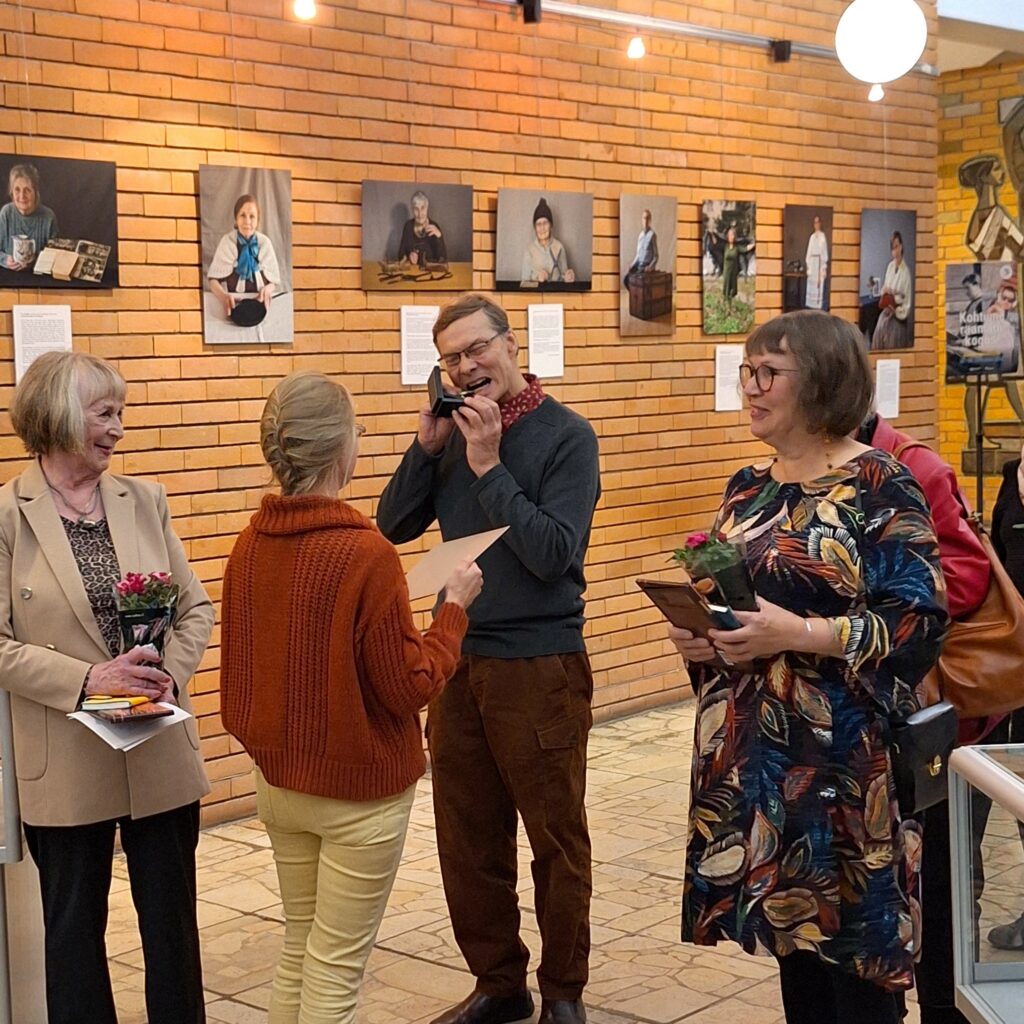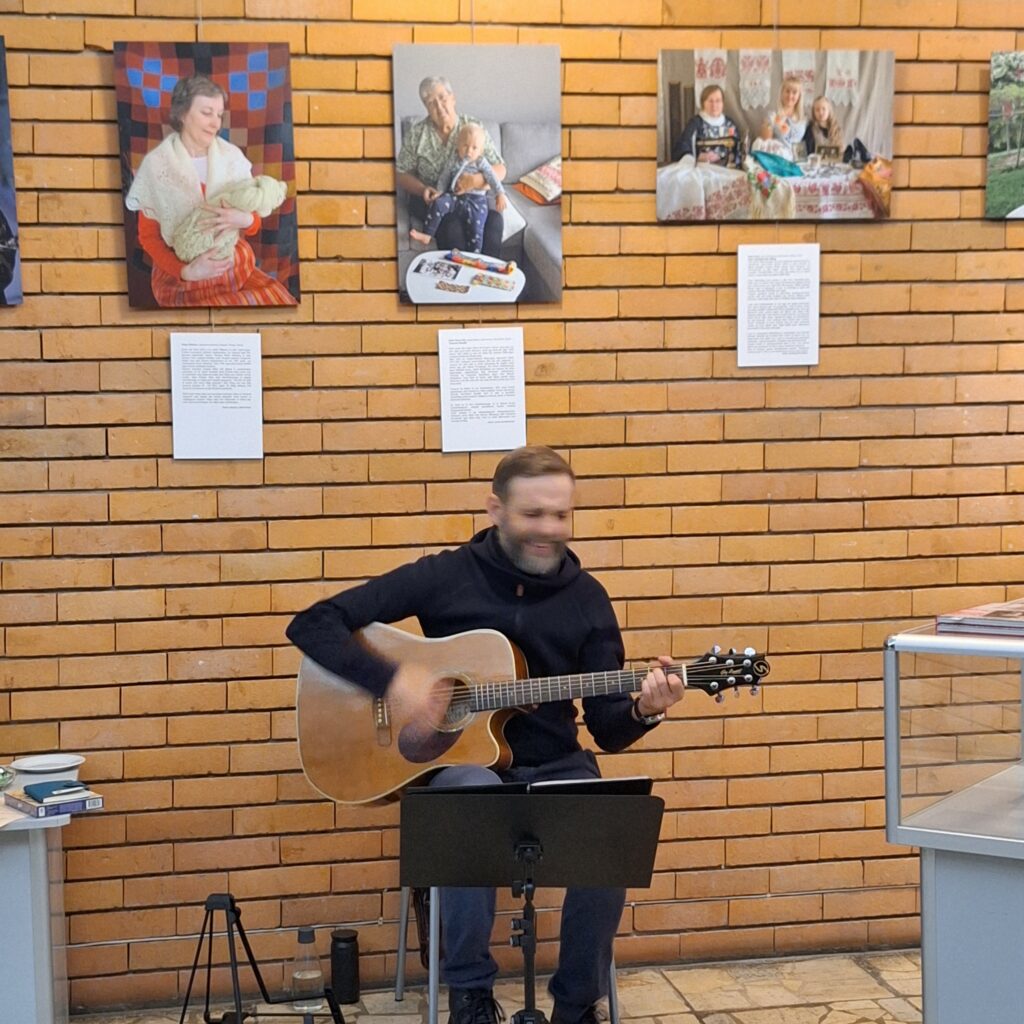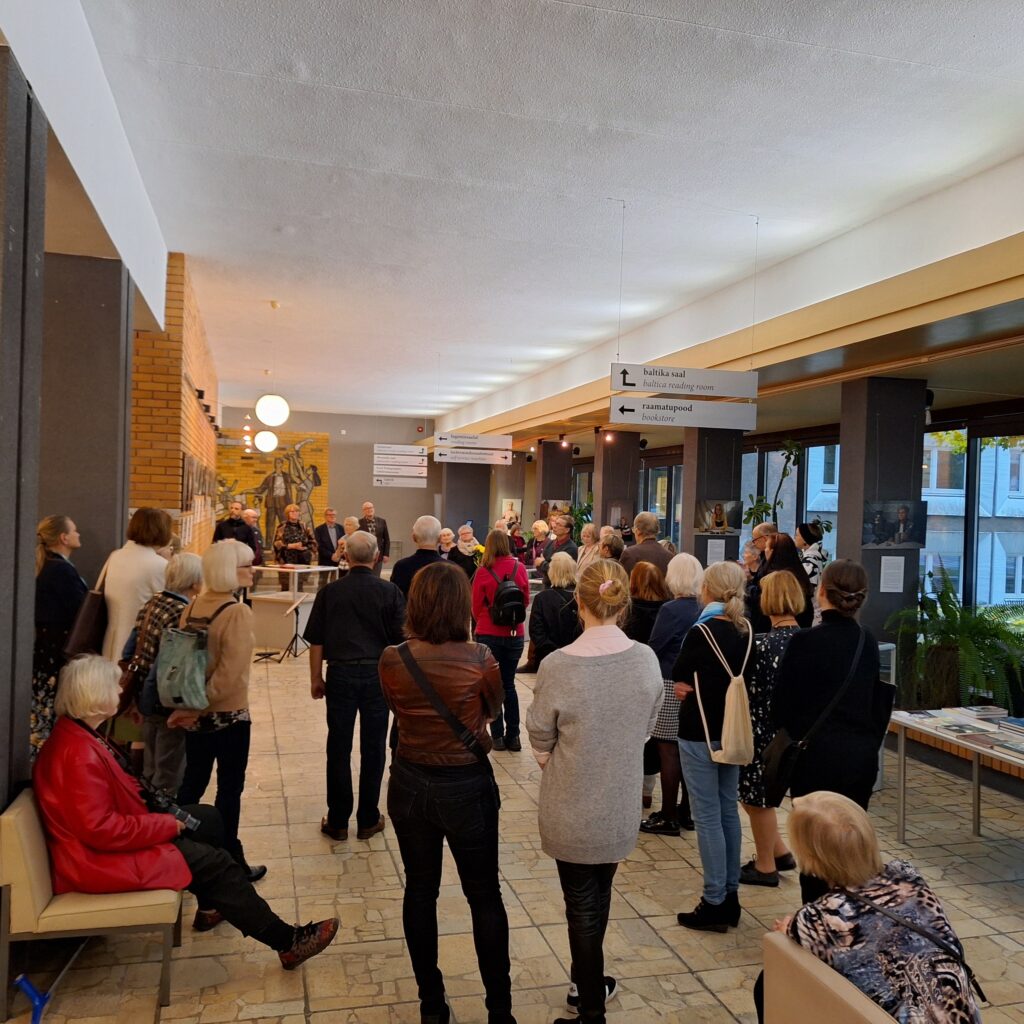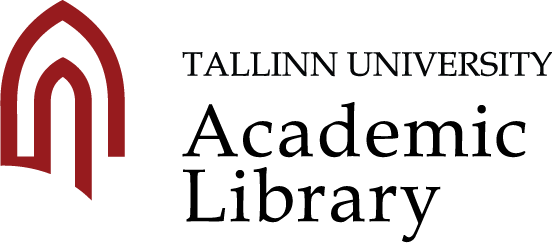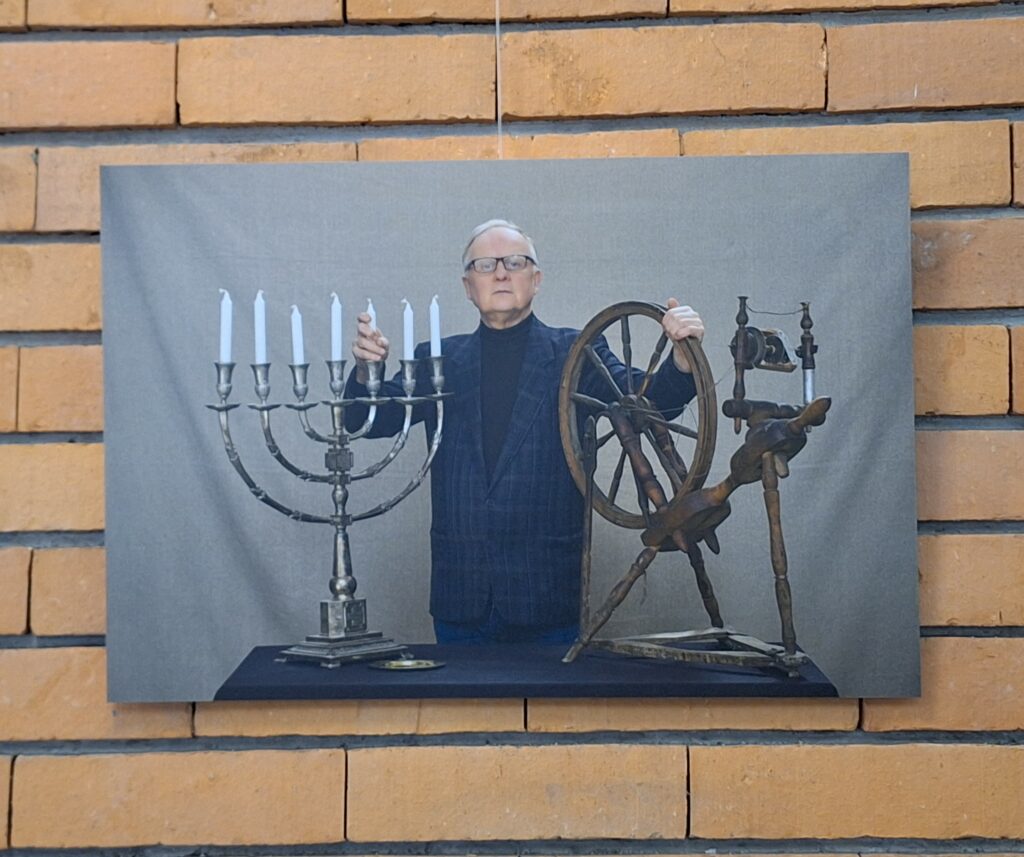
Where? 1st-floor gallery of the Academic Library of Tallinn University (Rävala pst 10) When? 15.10.2024–10.01.2025
During 1943–1944, just before the mass exodus of nearly 80,000 people from Estonia, an almost equal number of Ingrian Finn refugees passed through the country. 63,000 of them were evacuated to Finland via Paldiski, while around 3,000 stayed to work in local farms. Under the 1944 Soviet-Finnish Armistice, the evacuees in Finland were forced to repatriate to the Soviet Union, with 56,000 returning, but 5,000 fleeing by fishing boats to Sweden. 3,000 Ingrian Finns who remained in Finland supplemented the earlier community of refugees who had fled from northern Ingria in 1919–1920.
A new wave of Ingrian Finns and their descendants arrived in Finland starting in 1990 during the “return migration” process, with over 30,000 settling mostly in Helsinki and the greater metropolitan area. Today, several organisations represent the Ingrian Finn community in Finland, including the umbrella organisation Inkeri-liitto, as well as Nouse Inkeri, the organiser of this exhibition. In Sweden, regional societies were also established after the war, under the umbrella of the Swedish Ingrian Union (SIR).
Those who returned to the Soviet Union faced severe repression, being branded as “traitors to the homeland” or members of a “socially dangerous group,” marked in their documents by §38 or §58. They were classified as special deportees and relocated to inner regions of Russia, with restrictions on movement and residence in large cities, as well as a ban on living in the Baltic republics. Despite these prohibitions, the first Ingrians began arriving in Estonia as early as 1946–1947, where they found shelter and work on farms, defying the authorities. Many were later deported, but some managed to hide and integrate into the local population, finding work in industries and learning the local language. Younger generations picked up Estonian or Russian and attended local schools.
The history of Ingria, its people, and their experiences were under strict control by Soviet repressive bodies, silenced for half a century. Yet, older generations quietly preserved their family heritage and faith, passing away with Finnish prayers on their lips.
By the early 1960s, approximately 20,000 Ingrian Finns had settled in Estonia. After 1988, they began forming their own cultural societies, and today, around ten societies operate under the umbrella of the Estonian Ingrian Finn Union (EIL). Numerous choirs (Kaiku, Kiuru, Leivo, Orvokki, Siskot), dance groups (Kataja, Kullero, Metsäkukat, Röntyskä), the quarterly journal Inkeri, and annual festivals showcase their active cultural life. This year marked the 33rd Ingrian Song and Dance Festival in Vana-Vigala.
The Ingrian exodus has lasted for over a century. Today, only a few Ingrians remain in the historic region of Ingria, and due to the current political situation, contact with them has been severely hindered, or even lost. Despite historical upheavals and severe repression, the Ingrian Finn communities in Estonia, Finland, and Sweden remain deeply interested in their roots, turning to Ingria through family oral traditions, archives, and material culture.
The exhibition features photographs and artefacts from Ingria, as well as the stories associated with them, collected from Ingrian Finn families in Estonia, Finland, and Sweden between 2022–2024.
Project organisers: Nouse Inkeri MTÜ (Finland), Estonian Ingrian Finn Union, Estonian Finns’ Cultural Autonomy, Swedish Ingrian Union.
Project supporters: Nordic Council of Ministers, Estonian Cultural Endowment, M. A. Castrén Society.
